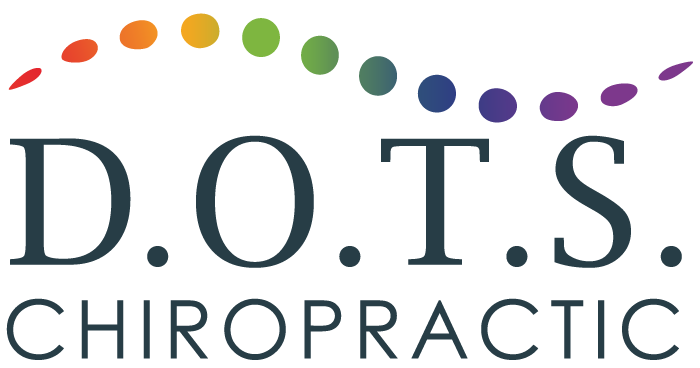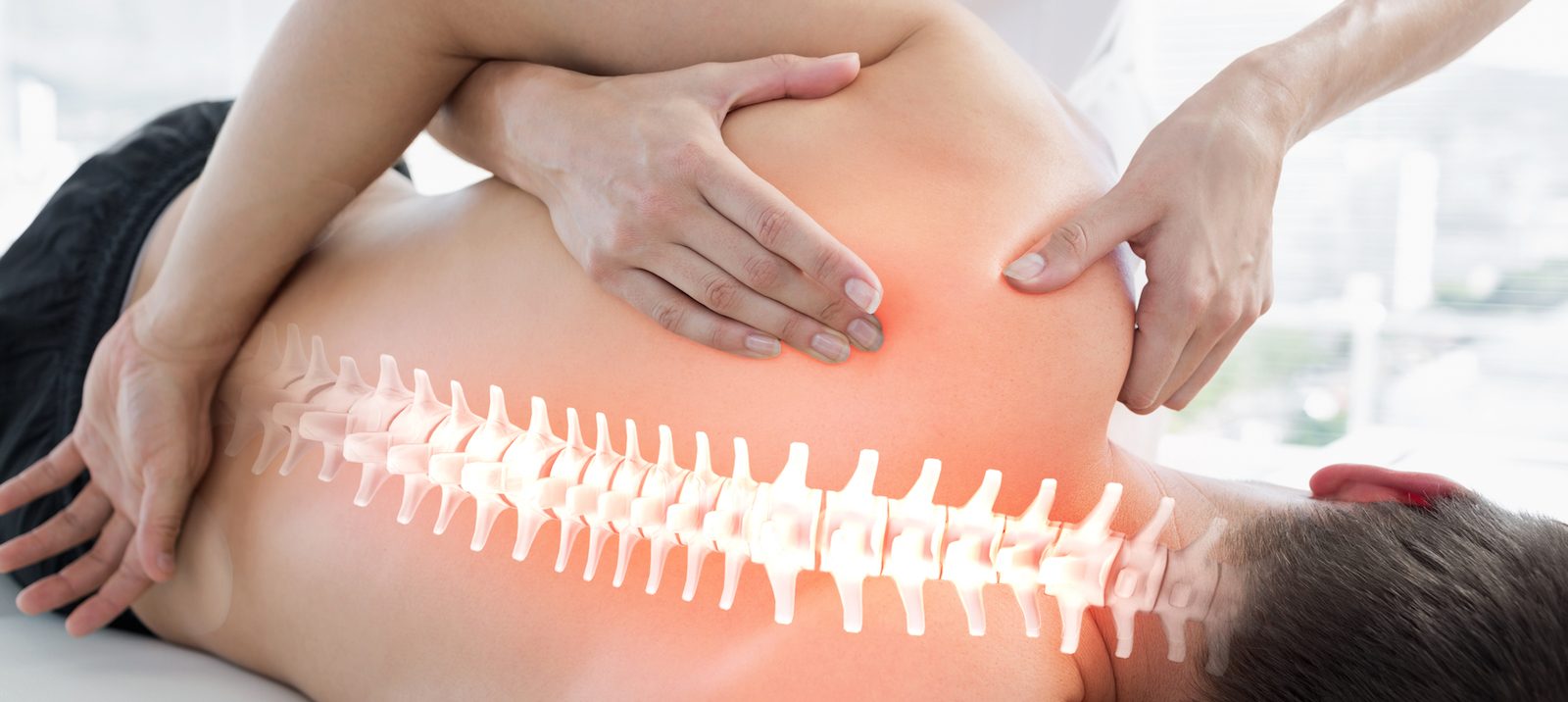The egg moves down the fallopian tube; the sperm moves up the canal. They meet and begin to multiply. It is active; there is movement, and so begins life. The fact that our very existence on the planet begins with movement is testament to how important it is for survival.
Structure dictates function and movement influences structure. From the first time a baby lies on their tummy and looks up they are aligning their eyes with the horizon and beginning to form the cervical curve. This movement creates a beautiful backwards ‘C-shaped’ curve and allows the nervous system the proper pathway to the rest of the body.
Our body innately knows what functional movements to perform so that we can experience the world with the greatest amount of ease. The deep knee bend or squat that we learn in childhood strengthens our legs and aids in sit to stand motions which is beneficial for all stages of our evolution in this life. The lunge is the first step where we learn to stabilize ourselves and eventually we walk and run. Great movements that are often lost as we age are upside down movements, where our head is lower than our heart, and side to side movements, such as a star jump. Kids love being upside down because it is fun and gives them a new way to look at things. It also increases blood and oxygen in the brain and makes the brain re-orient itself, creating new neural pathways. The majority of our whole life is lived front to back: walking, running, biking, driving. The side to side movement of a star jump sends different signals to the brain to form more complex neural networks and nerve association patterns. These childhood movements which help allow our brain to have the greatest amount of development within the first 5 years of life are often not given much consideration as we create the neural imprints and master these basic skills. The cross crawling movement youngsters use before they begin to walk stimulates brain development bilaterally and is beneficial throughout life. Swimming and rock climbing are excellent ways to continue to gain maximum benefit from this movement as we age.
As we begin structured schooling and are required to sit for long periods during the day, our flexor muscles are constantly being contracted and our extensor muscles are being stretched. When this continues into adulthood, which it often does as more and more jobs are sedentary, there is a decreased input to the brain based on the poor motor activities we exhibit in daily life. This de-evolution we display as a species is a major contributor in the chronic lifestyle diseases that are so prevalent today. If movement influences structure, the structure of the spine and posture of an individual is the window to how the body is functioning. When is the last time you have had a full spine and posture check?
Lindsay McInnis


